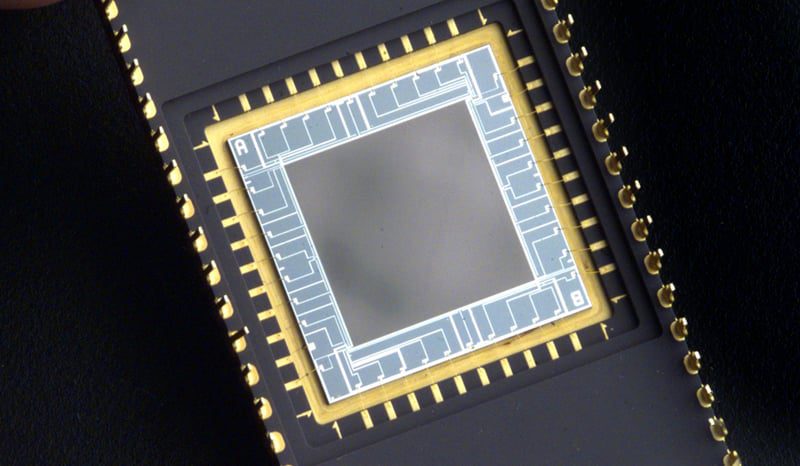Camera Facts: What is a CCD?

CCD (Charged Coupled Device)
In a CCD video camera, light hitting the image sensor is converted to an electrical signal. This electron packet must then be transferred one pixel at a time through an output node to an image processor, at which point it is converted to voltage. The voltage is then buffered and sent out from the chip as an analog signal.
This process involves an extra step over CMOS sensors and therefore requires more time and energy to process imagery. However, because each pixel is devoted to capturing light, CCD sensors have a high output uniformity that results in cleaner, higher-quality images.
CCD sensors are also distinct from CMOS for their use of global shutters instead of rolling shutters. Global shutters process an entire image at once by exposing the full frame for a predetermined amount of time. This means the entire sensor gathers an equal amount of light at once. Global shutters are free of the image distortion related to rapid movement or flashes of light.
The Bottom Line
CCD and CMOS are two types of image sensors used in digital video cameras. The technology of each varies, and some users find there is a noticeable difference between their image qualities. Pixels in CCD sensors are committed to capturing light. This produces higher-quality images, though it also causes a camera to be less efficient. CMOS sensors cut out a step by integrating technology into the chip that converts visual information to digital data as it is processed to the chip. This makes these sensors highly efficient, though the extra tasks of the pixels can result in increased noise in the final image.
CCDs use a global shutter, while CMOS sensors use a rolling shutter. These are each prone to artifacts. CCDs suffer from smear, while CMOS can be affected by skew, wobble, and partial exposure. Despite inherent differences in their technology and performance, the benefits and drawbacks of the two sensor types may not be as pronounced as they have been in the past. Buyers are likely to find that image quality and camera performance is affected more by the manufacturer of a video camera than the type of sensor used. Read product reviews and research sellers to find the best products at reasonable prices, and choose video cameras that produce high-quality footage.
